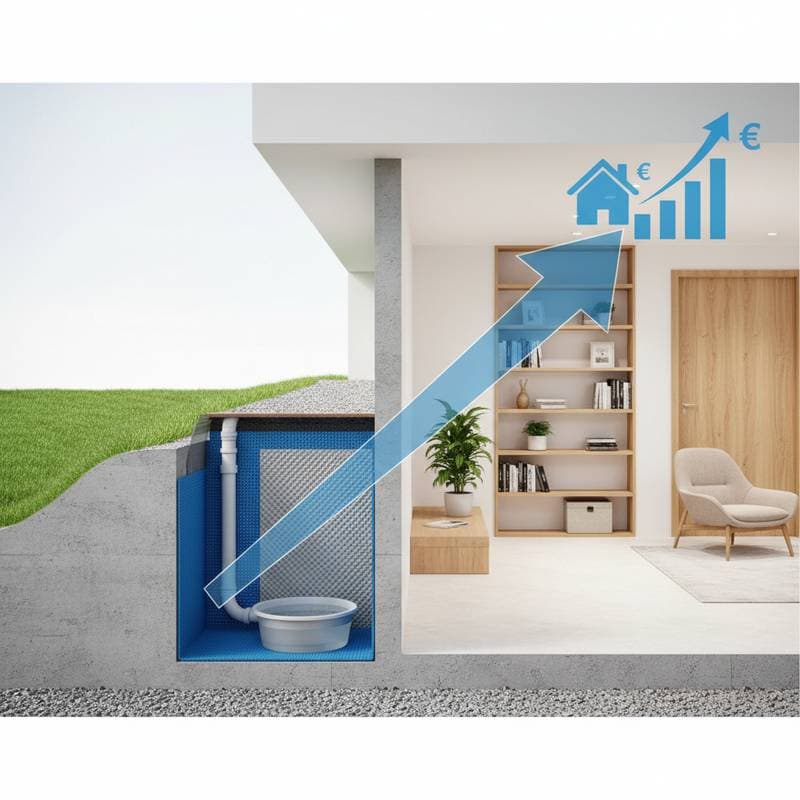What Mini-Split AC Costs Look Like in 2025
Selecting a ductless mini-split system provides targeted heating and cooling for specific areas of your home. Before proceeding with installation, grasp the elements that shape pricing, such as system capacity, efficiency levels, local climate demands, and the intricacies of setup. Although initial expenses draw focus, the true measure of worth emerges from the system's sustained performance and energy efficiency throughout its lifespan.
Technical Overview
A mini-split system consists of an outdoor compressor unit linked to one or more indoor air handlers via refrigerant lines. These indoor units distribute conditioned air precisely where needed, avoiding the energy losses associated with ductwork in conventional systems, which can waste up to 30 percent of energy. The inverter technology in the compressor modulates speed to align with real-time demands, enhancing comfort levels and cutting electricity usage.
Options include single-zone setups for individual spaces and multi-zone configurations that support up to eight indoor units from a single outdoor compressor. Leading manufacturers such as Mitsubishi, Daikin, Fujitsu, and LG produce units with SEER2 ratings surpassing 25. Accurate sizing of these systems proves crucial for optimal operation.
Regional Performance Analysis
Local climate profoundly affects how efficiently a mini-split system operates. In humid regions of the South, choose models with elevated SEER2 ratings and robust dehumidification features to manage moisture loads effectively. Northern areas with harsh winters benefit from cold-climate heat pumps that retain full capacity in temperatures below freezing, achieving a coefficient of performance around 2.0 at 5 degrees Fahrenheit.
Consider the Mitsubishi Hyper-Heat 24,000 BTU model, which sustains 100 percent heating output at 5 degrees Fahrenheit and boasts a 12.5 HSPF2 rating. Standard units, however, often drop performance below 17 degrees Fahrenheit. Matching the system to your area's design temperatures guarantees consistent comfort and reduced utility bills.
System Types Breakdown
| System Type | SEER2 Range | Typical Cost per Zone | Best Use Scenario |
|---|---|---|---|
| Single-Zone | 18-30 | $2,000 - $5,000 | Room additions or isolated spaces |
| Multi-Zone | 20-33 | $4,000 - $12,000 | Whole-home zoned temperature control |
| Cold-Climate | 22-30 | $4,500 - $8,000 | Regions with extended heating needs |
These figures encompass equipment and basic installation costs. Additional expenses may arise for electrical enhancements or structural adjustments.
Integration Considerations
Installing mini-splits demands dedicated electrical circuits, effective condensate management, and protected routing for refrigerant lines. Older homes may require panel upgrades to support the electrical load. In multi-zone setups, the length and elevation of line sets influence refrigerant levels and compressor efficiency. Engage a licensed HVAC professional for commissioning, which involves balancing pressures and calibrating airflow in every indoor unit.
Cost-Benefit Analysis
Ductless mini-splits carry higher upfront costs than portable window units, yet they frequently prove more economical than retrofitting central air in ductless homes. Substantial energy reductions recoup the investment gradually. An 18 SEER2 unit, for example, lowers cooling expenses by 30 percent relative to a 14 SEER central system. At average electricity rates of 13 cents per kilowatt-hour, annual savings might total several hundred dollars, varying by location and household patterns.
| Efficiency Rating | Estimated Annual Cooling Cost* | Payback Period |
|---|---|---|
| 18 SEER2 | $450 | 8 Years |
| 24 SEER2 | $340 | 6 Years |
| 30 SEER2 | $300 | 5 Years |
*Based on 2,000 cooling hours annually for a 1,500 square foot home.
Professional Recommendation
Entrust installation to contractors experienced with variable refrigerant flow systems. Errors in refrigerant charging or system evacuation can diminish SEER2 performance by as much as 25 percent. Consult mechanical engineers or energy specialists for precise load calculations, aligning each indoor unit with the specific thermal needs of its space.
Steps to Secure Your System
Review bids thoroughly, insisting on breakdowns that specify equipment models, SEER2 and HSPF2 ratings, and labor charges. Verify that the installer conducts a Manual J load calculation and performs pressure tests post-installation. Investigate available utility incentives, which often offset costs by hundreds of dollars. Through meticulous planning, accurate sizing, and thorough commissioning, your mini-split investment yields exact temperature control, lower energy demands, and enduring reliability.



